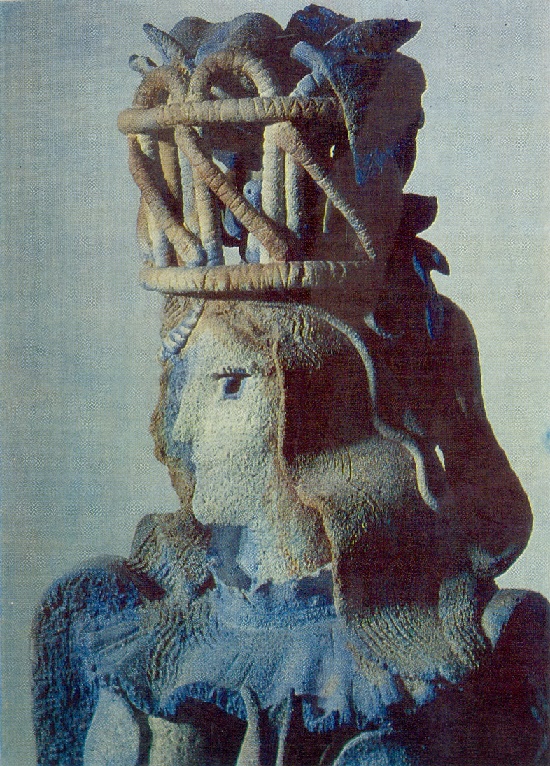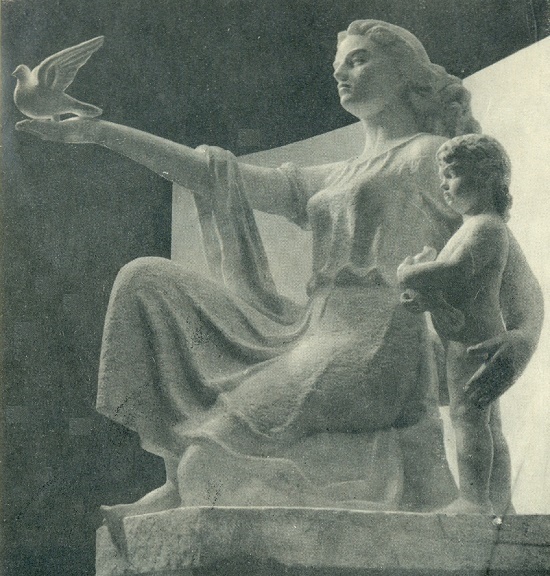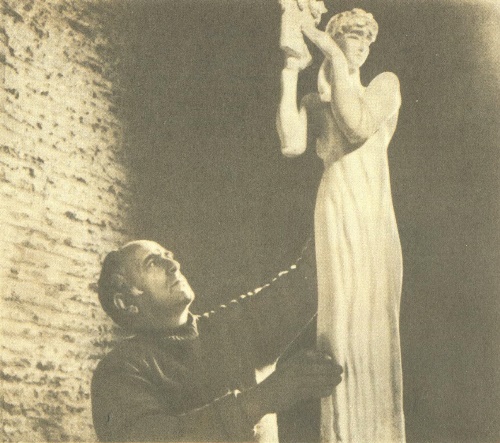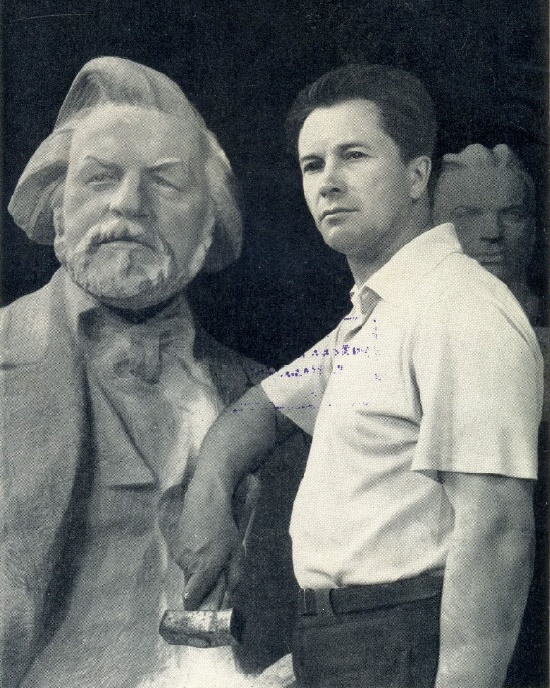Soviet sculptures high spiritual pathos
Soviet sculptures high spiritual pathos
Traditionally, the art of sculpture in the USSR had a special socio-political significance. In fact, the formation of Soviet sculpture was inseparable from the Leninist plan of monumental propaganda. In particular, the first revolutionary monuments and commemorative plaques were created on its basis, and later many significant works of monumental sculpture. However, at first central to the sculpture was the theme of the revolution, the image of a participant in revolutionary events, the builder of socialism. Accordingly – during the Great Patriotic War – the image of the hero, the winner. And already in the post-war years in the easel sculpture a great place took the worker and collective farmer. Besides, animalistic sculpture, and sculpture of small forms was developing.
More »






